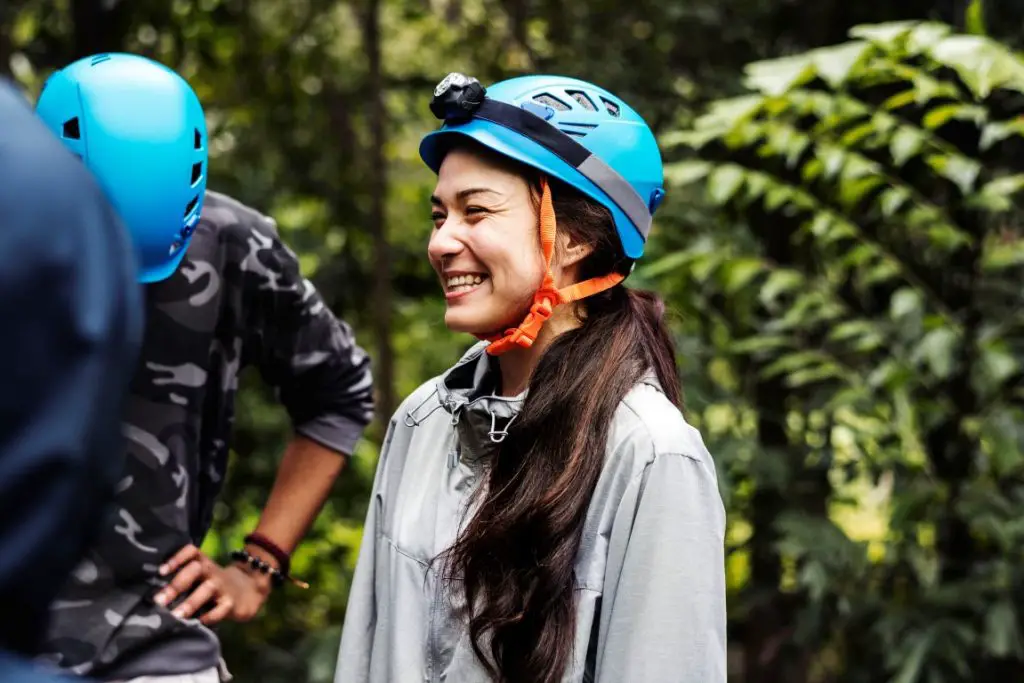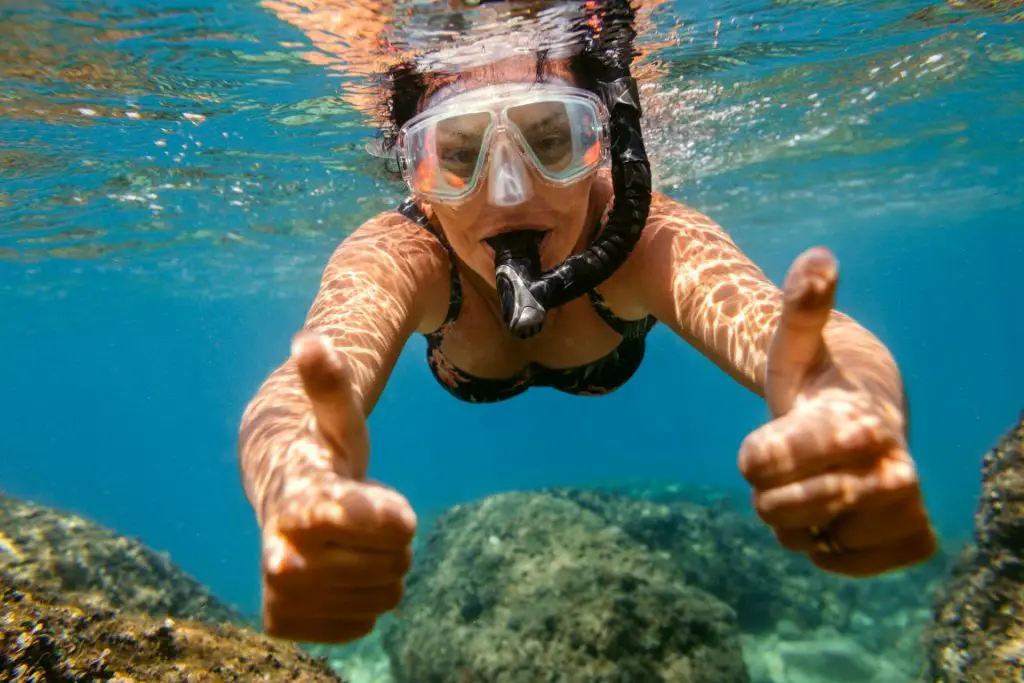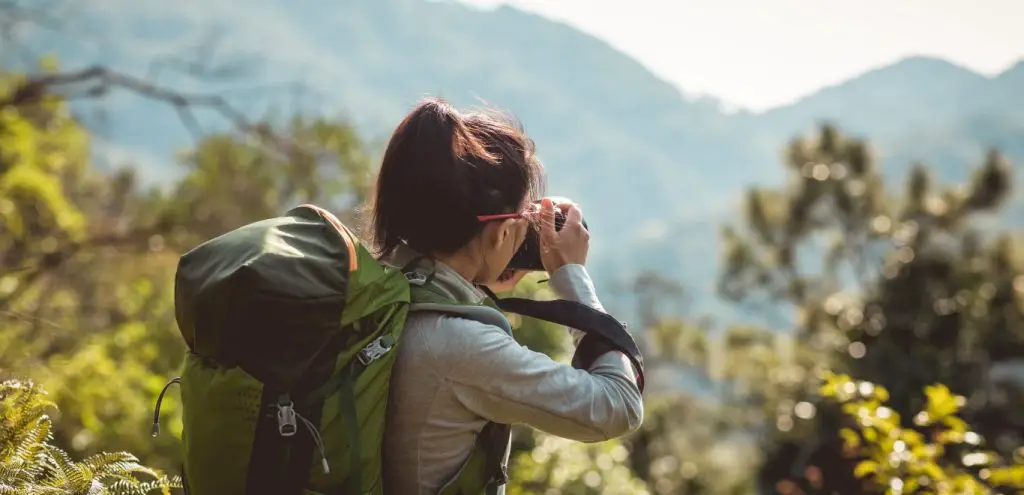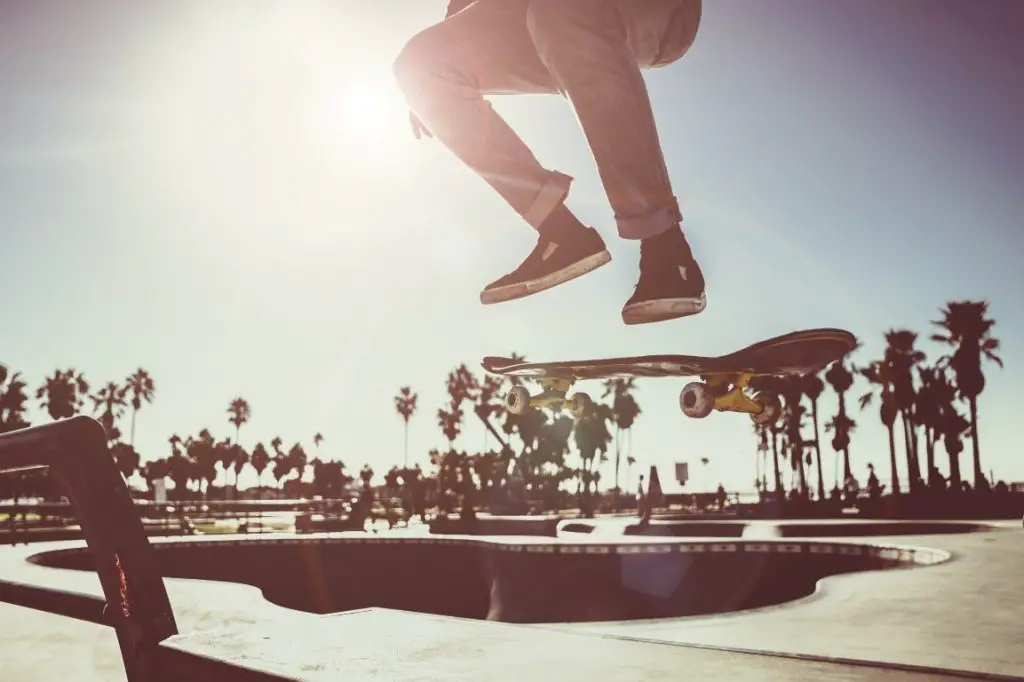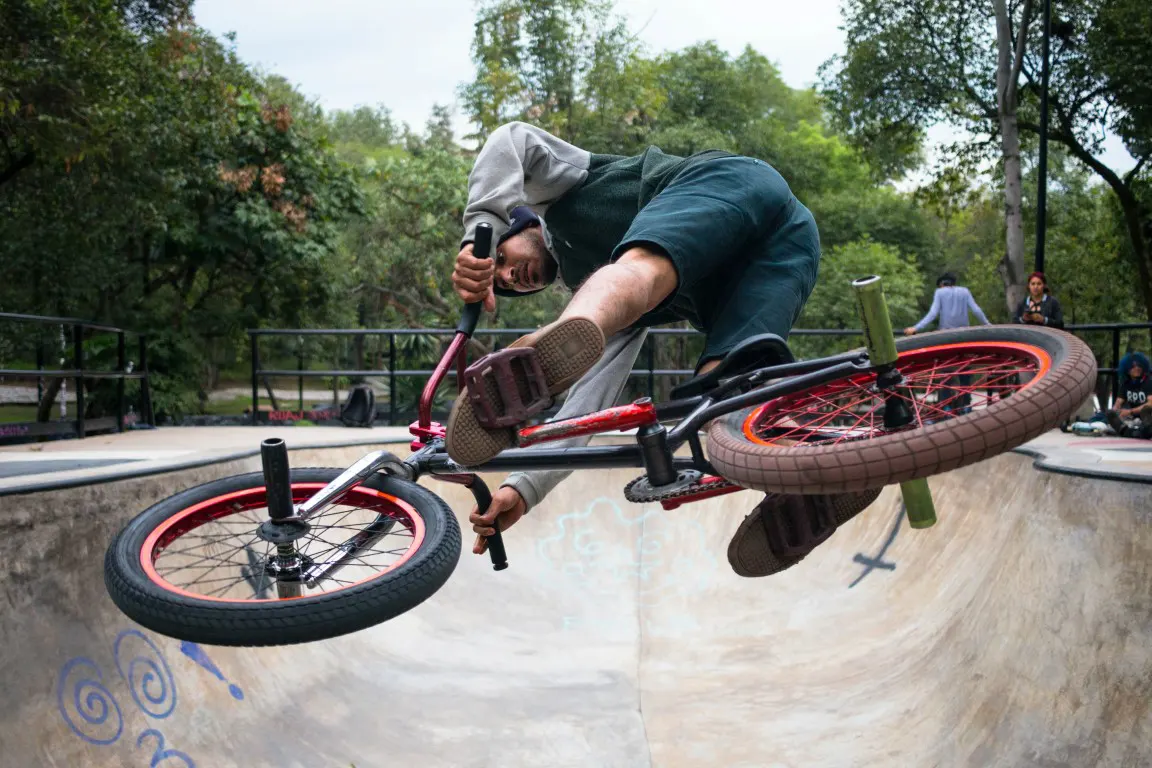
Capturing stunning photos of cyclists requires more than just a good camera; it also requires knowledge of the best camera settings. So, what are the best settings for cycling photography?
Well, in this article, I’ll explore the best settings for cycling photography including the ideal aperture and focal length, how to take photos while riding a bike, and the best photo angles for capturing cyclists in action.
Whether you’re an experienced cyclist or just starting, knowing the best aperture, focal length, and shutter speed for cycling photography can make a big difference.
So, grab your camera and start this adventure to discover the secrets of the best settings for cycling photography!
The Basics of Cycling Photography
When it comes to cycling photography, understanding the basics of photography is crucial.
This includes the technical elements of aperture, shutter speed, and ISO.
These settings determine the amount of light entering the camera, the motion blur, and the image’s overall sharpness.
Balancing these settings is key to achieving the desired result in your cycling photos.
For instance, a wide aperture may create a blurry background, while a faster shutter speed can freeze motion.
Let’s take a deeper look at these technical elements.
Best Aperture for Cycling Photography
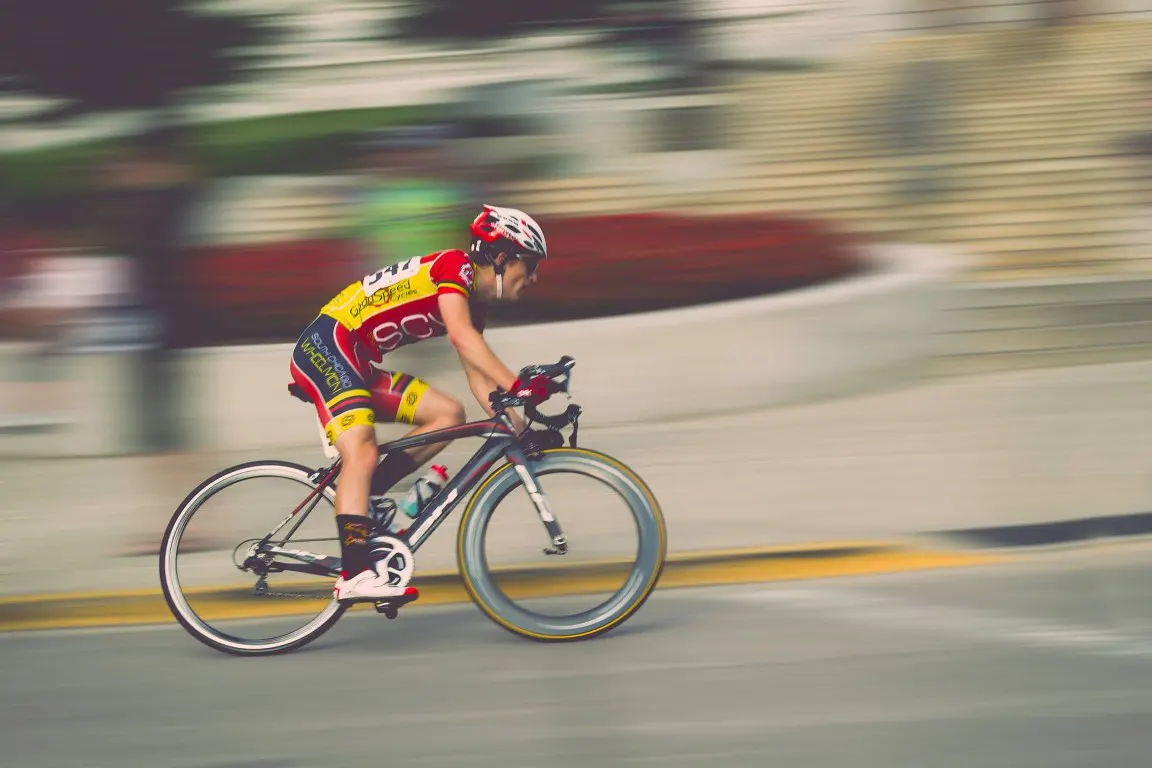
When it comes to cycling photography, choosing the right aperture can make a significant impact on the outcome. Are you wondering, what is the best aperture for cycling?
Generally, I recommend an aperture between f/4 to f/8 is ideal for cycling photography.
I’ve noticed a few times that a wider aperture can create a shallow depth of field, which can help emphasize the subject while blurring the background.
However, as I always say, it’s worth experimenting with different settings and finding a balance between the aperture and other technical elements to achieve the desired result in your cycling photos.
What is the Best Focal Length for Cycling Photography?
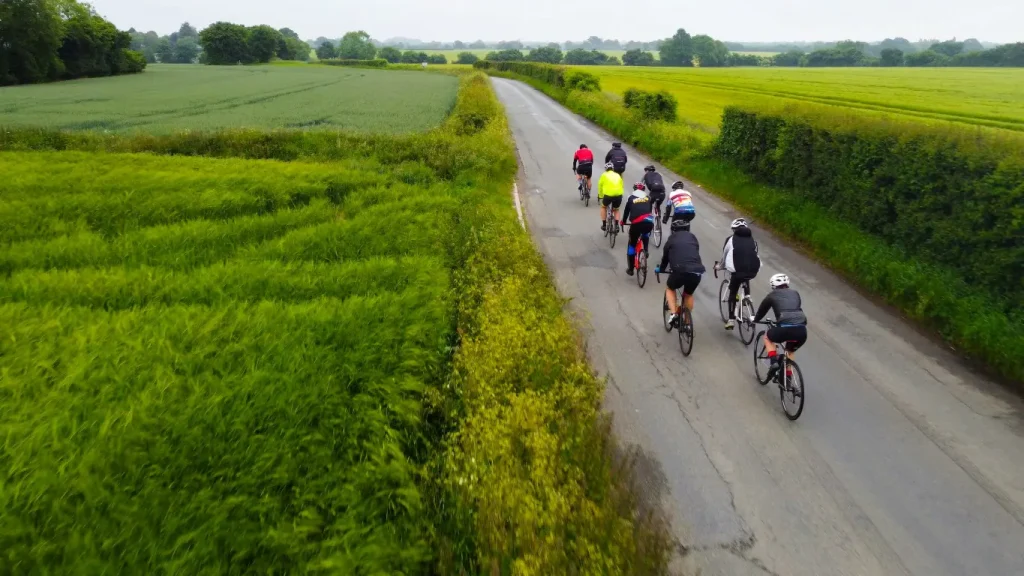
Understanding focal length is important for capturing great cycling photography.
It affects the composition of the photo and how the subject appears.
Wide-angle lenses, with focal lengths between 10-35mm, can capture more of the scene and create a sense of speed and motion.
On the other hand, telephoto lenses, with focal lengths between 70-200mm, can compress the scene and make the subject appear larger.
I’ve been trying this when I do photoshoots of cycling tournaments. So, wide-angle lenses work best for capturing scenic landscapes, while telephoto lenses are ideal for close-up details and capturing the riders in action.
Besides, for cycling photography, I recommend using a range of focal lengths to capture different situations and perspectives.
By using the right focal length for each situation, you can create stunning and dynamic cycling photographs.
How do You Take Pictures while Riding a Bike?
Taking pictures while riding a bike can be challenging, but it’s a great way to capture dynamic and unique shots of the cycling experience.
Tips for Taking Pictures While Riding a Bike
So, as a guy who loves riding cycles, I’m going to share the following tips with you to capture stunning photos while enjoying the thrill of cycling.
- Use a camera strap to keep your camera secure while riding.
- Make sure to wear protective gear such as a helmet and gloves to keep yourself safe.
- Choose the right shooting angle to capture the best shot, but make sure to keep your eyes on the road.
- Practice shooting while stationary first, before attempting to take pictures while in motion.
- A camera with a fast autofocus system will help to quickly capture shots while riding.
- Burst mode or continuous shooting mode can be used to capture multiple frames and increase your chances of getting the perfect shot.
- Experiment with different shooting modes, such as shutter priority or aperture priority, to achieve the desired effect.
- Finally, remember to have fun and enjoy the ride while capturing great cycling photos!
Sometimes it will be difficult to carry on camera and gears while cycling. If you want a guide for it, check out the article on how to carry camera gear on a bike.
Shutter Speed for Bicycle Racing
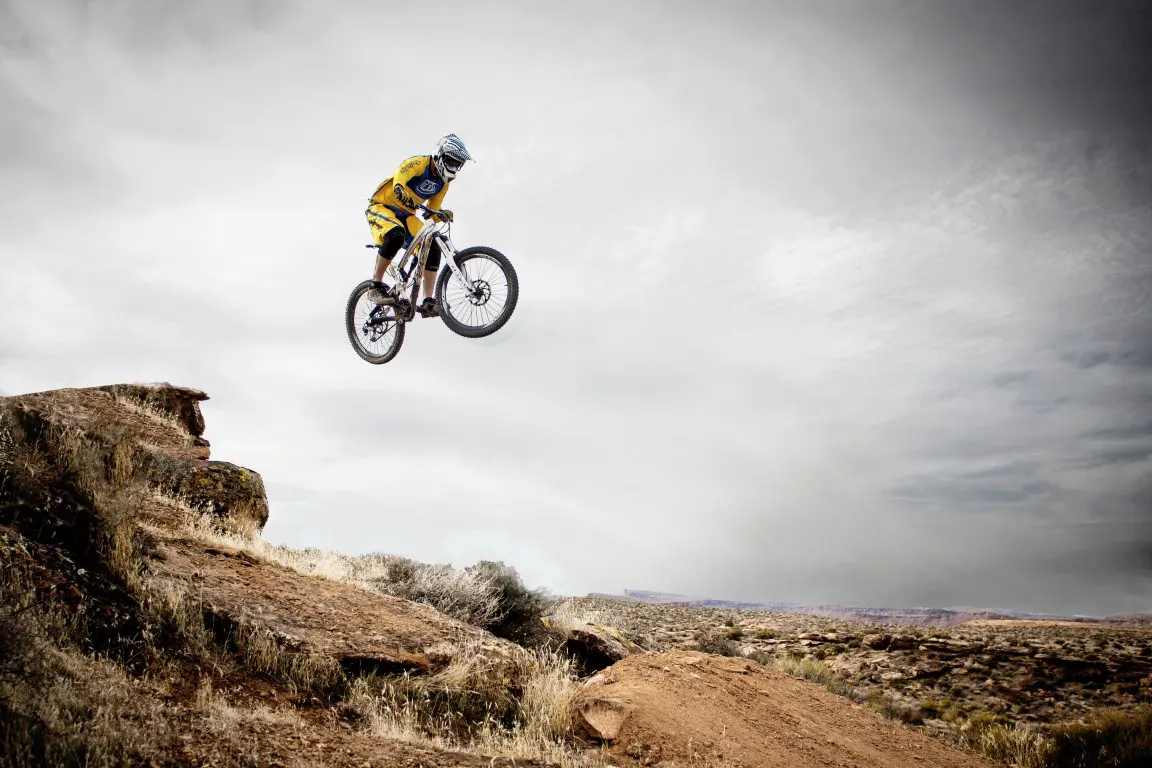
In bicycle racing photography, selecting the right shutter speed is crucial for capturing fast-paced action. So, what shutter speed for bicycle racing?
The ideal shutter speed for this type of photography typically falls between 1/500 to 1/2000 seconds.
If I want to capture sharp images of cyclists in motion, I always use a faster shutter speed. Because it allows me to freeze motion and prevent blur.
However, using a fast shutter speed may require a higher ISO setting, which could result in grainy images.
So, trying to find the right balance between shutter speed and ISO is important to produce high-quality photos of bicycle racing.
Best Camera Settings for Mountain Biking
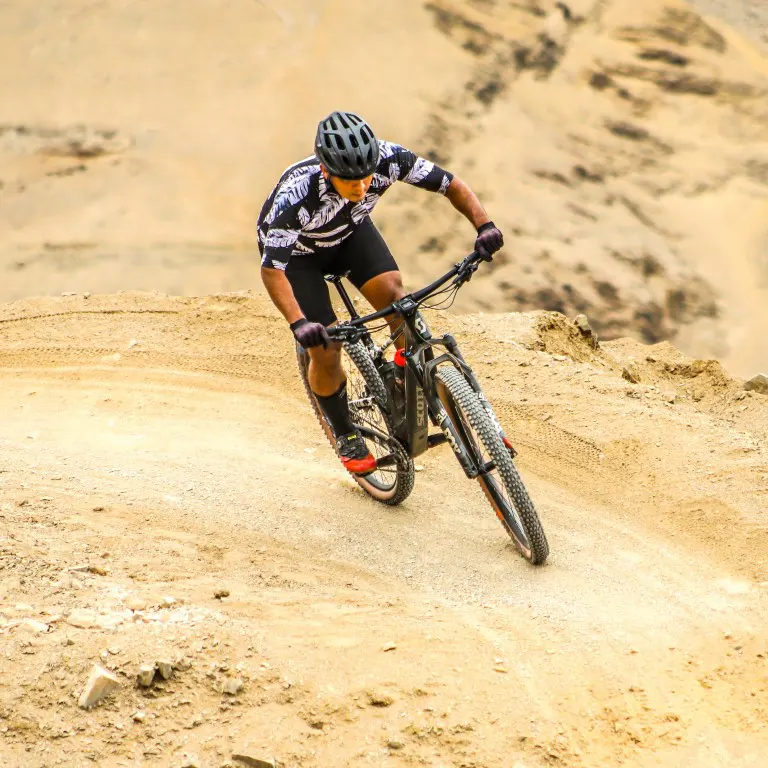
When it comes to capturing the excitement and action of mountain biking, there are a few settings you need to follow.
The uneven terrain and constantly changing light conditions present a unique set of challenges for photographers.
To get the best shots, it is essential to use a fast shutter speed to freeze motion and prevent blur.
A higher ISO can also be helpful in low-light situations, while a wider aperture can create a shallow depth of field and emphasize the subject.
Besides, using burst mode can help capture multiple frames in quick succession, allowing you to choose the best shot later on.
By balancing these settings and being prepared for the challenges of mountain biking photography, you can capture stunning images of this thrilling sport.
What is the Best Photo Angle for a Bike?
The best photo angle for bike photography depends on the desired effect and the type of shot you want to capture.
So, different angles can greatly affect the mood and impact of the photo.
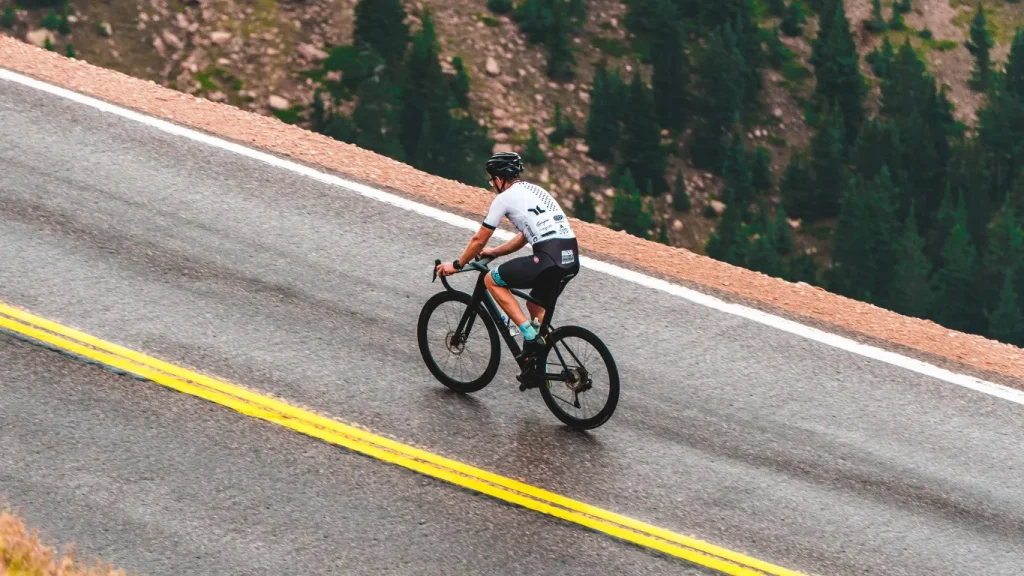
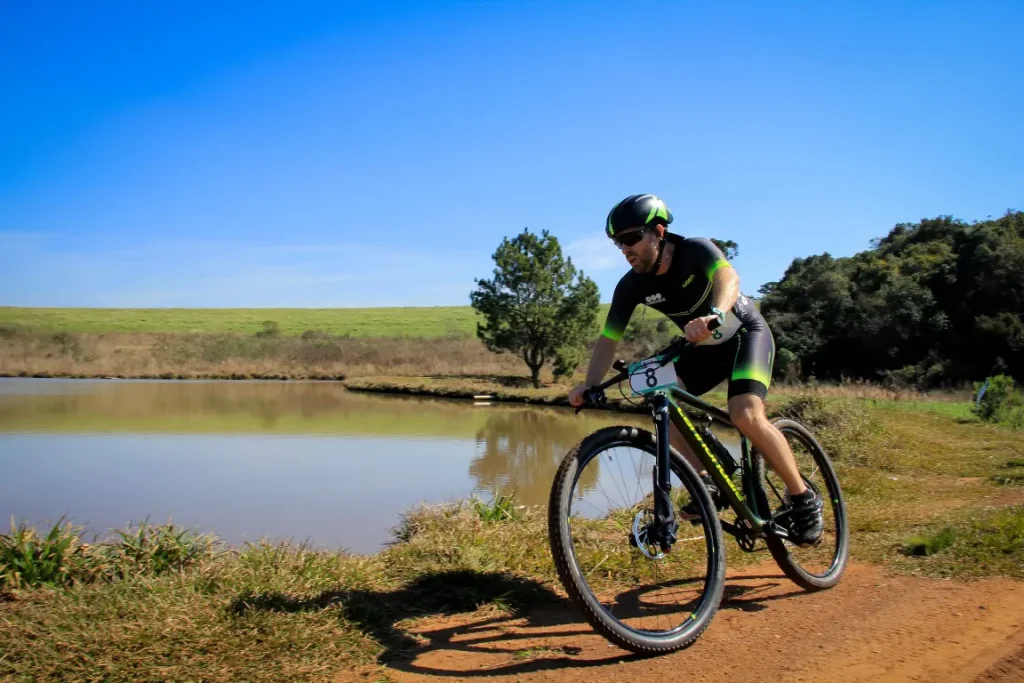
For example, a birds-eye perspective of the action can be obtained by shooting from a high angle, while a low angle can provide a dramatic and dynamic impact by making the subject look larger and more powerful.
Other factors to consider when choosing the best angle include the position of the sun, the landscape, and the subject’s movement.
So, experiment with different angles and perspectives to find the best one that fits the story you want to tell with your photo.
Besides, consider shooting from the side or rear to capture the action and motion of the bike, or shooting from the front to create a sense of movement and momentum.
You can also refer to the best poses with the bicycle for your inspiration. The article on cycling photography poses will be perfect for finding the best cycling photography poses.
Additionally, the following video will provide interesting tips and guides for cycling photography.
Conclusion
In conclusion, cycling photography can be a challenging yet rewarding endeavor for adventure photographers.
By understanding the technical elements of photography, such as aperture, shutter speed, and ISO, and balancing them for the desired outcome, photographers can capture stunning images of cyclists in action.
To develop a unique photography style for cycling, experimentation with different camera settings and shooting methods is necessary.
The right camera settings and photo angle make all the difference in capturing a compelling and dynamic photograph, whether it’s of road cycling or mountain biking.
Besides, I believe that you already read my previous article on how do you take good cycling photos, which provides basic tips and techniques for cycling photography.
Justin Parker is a professional photographer and has been in the industry since 2007. He attended the University of Georgia. Justin combines his passion for photography and his interest in writing to give life to this blog which talks about photography in order to help and inspire young photographers.

